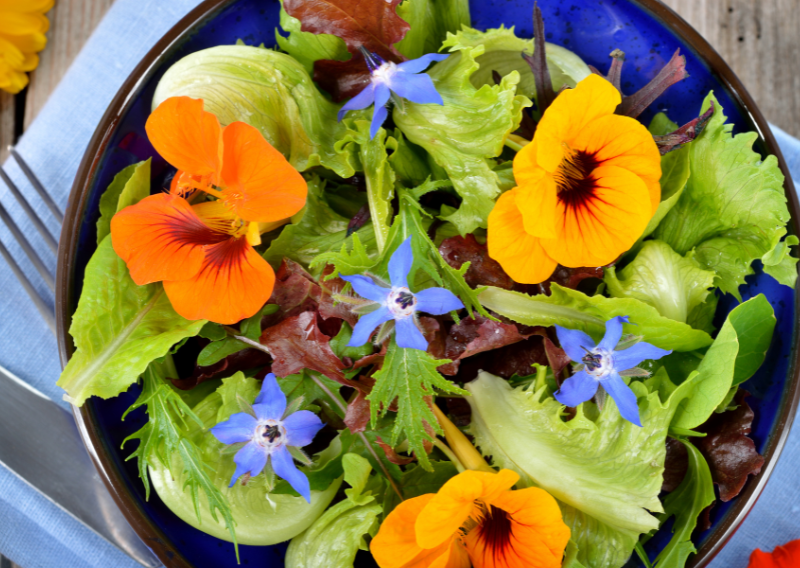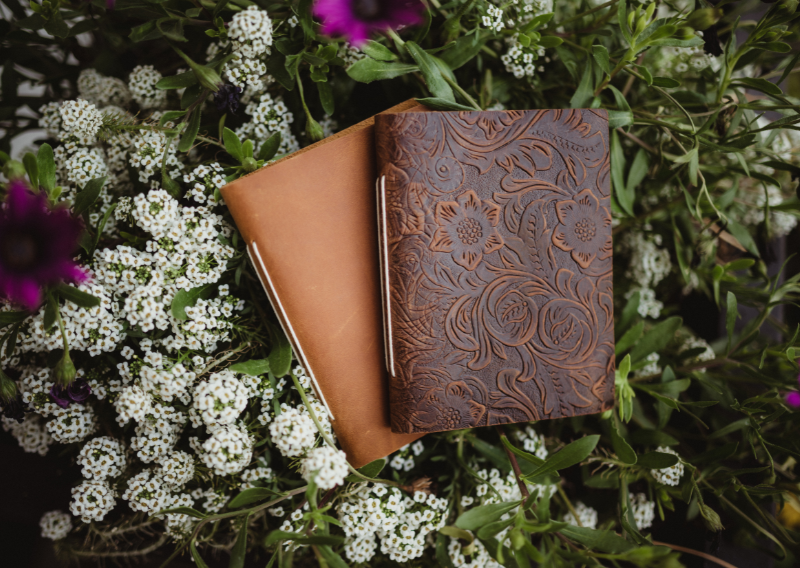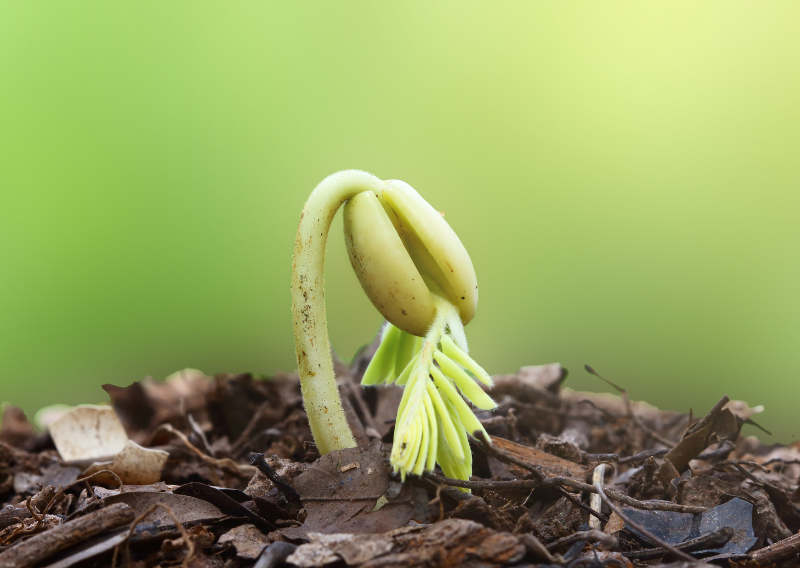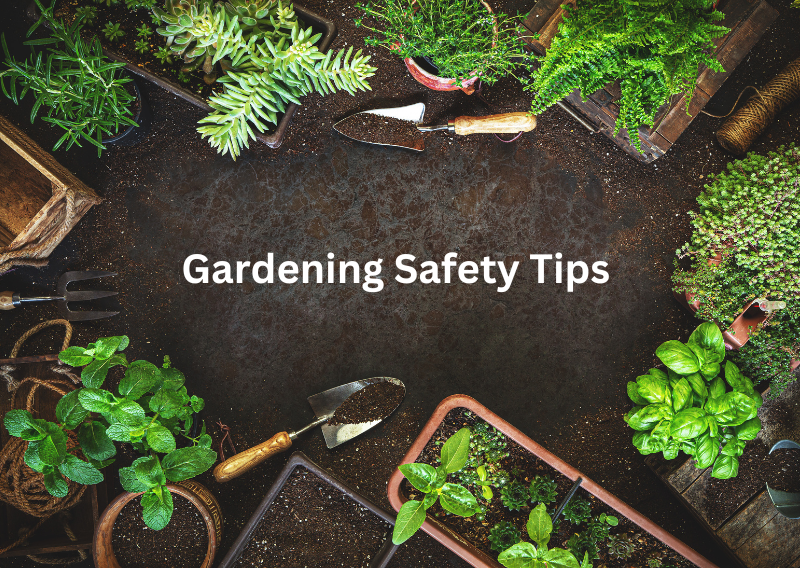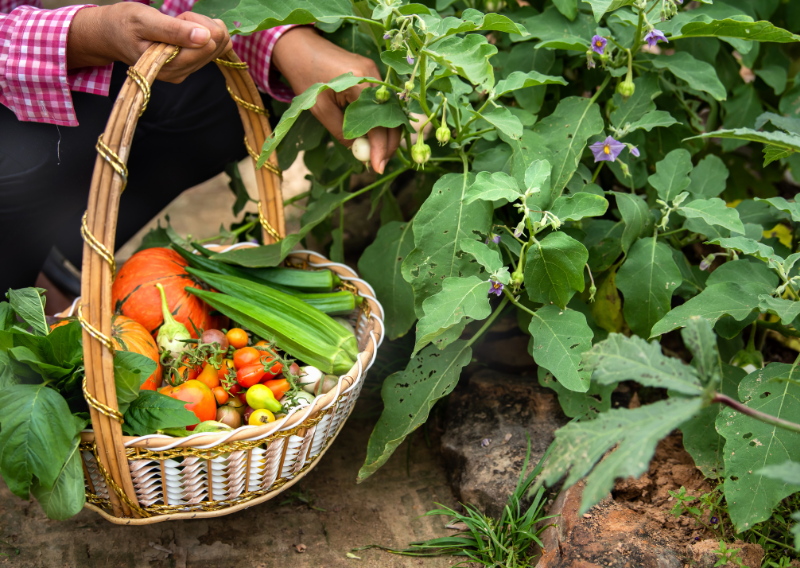
Simple and Quick Guide to Harvesting: Everything You Need to Know!
One of the best parts of farming and growing is harvesting, but you can’t just grab a basket and pick everything that looks like it’s ready. This important part of farming is both an art and a science, requiring care, time, and the right tools. When it comes to food, a good yield at the right time can make the difference between an average crop and a great crop.
What is harvesting? What changes it? What are the different ways to do it? Why is it so important for food security and sustainability? This guide will give you everything you need to know about harvesting and its role in sustaining the world, whether you’re new to farming or just want to know more about where your food comes from.


What is Harvesting?
Gathering fully grown crops from the fields is known as harvesting. It means taking grains, fruits, veggies, or other crops away from where they were grown and getting them ready to eat or be processed further. This may sound easy, but it’s not at all a “one-size-fits-all” job. Each crop has its own needs, and if you don’t follow them, you might end up with smaller yields or lower-quality food. It’s very important to know when to gather crops because they are at their healthiest and tastiest when they are fully ripe.
It’s like the difference between getting a peach that’s just right and one that’s too hard or too soft. It was “picked” in both cases, but only one of those apples will taste great.
Why Timing Matters: The Science of Harvest Readiness
When harvesting crops, it is important to do it at the right time. Plants grow and develop at different times. This can vary based on the weather, the soil, and the kind of plant. For instance, tomatoes should be picked when they are completely red and juicy, and zucchinis are best harvested when they are young and tender. If you wait too much, the zucchini can grow very big and hard.
When it comes to time, here are some important things to keep in mind:
- Crop Maturity: Each crop has a best time to be fully grown. For example, corn is best and juiciest just a few days after it’s fully grown. After that, its sugars start to turn into starch, which makes it less sweet.
- Weather Conditions: Harvesting right after it rains can be bad because it makes mold and bugs more likely to grow. To keep many plants from getting too wet, it’s best to wait for dry, sunny days.
- Environmental Signals: Some plants let you know visually when they’re ready. The tops of carrots may start to come out of the ground, and grapes may change color.
Traditional vs. Modern Harvesting Techniques
The way we harvest has changed over time, just like farming has. In the past, most harvesting was done by hand, which required a lot of work but let people be very careful. We now have high-tech machines that can work on acres in a day, but many delicate crops are still picked by hand to keep them from getting damaged.
Hand-Harvesting
When you harvest by hand, you use simple tools to pick, cut, or dig out crops by hand. Fruits, veggies, and flowers still do this a lot. Farmers can carefully choose the best crops this way, and machines won’t be able to hurt them. Strawberries and grapes, for instance, are frequently harvested by hand to prevent bruises.
Pros:
- Minimal crop damage
- Better selection of ripest produce
- Less capital investment is needed for equipment
Cons:
- Time-consuming
- It requires a lot of physical labor
- Not feasible for large-scale operations
Mechanical Harvesting
Harvesting by machines has changed the way big farms work. Farmers can harvest huge fields in just a few hours with the help of specialized tools like combine harvesters for grains and tree shakers for nuts. Even though it works, it’s not right for all crops, especially ones with thin or easily bruised bodies.
Pros:
- Highly efficient for large farms
- Saves time and labor
- Increases productivity for bulk crops like wheat, rice, and corn
Cons:
- Expensive equipment
- Not suitable for all crops
- This can lead to more damage and bruising on delicate produce
Post-Harvest: What Happens After Crops are Gathered?
Only half of the battle is won by harvesting. After crops are picked, they are handled afterward, which includes sorting, weighing, cleaning, and packing. Taking these steps helps keep the quality and freshness of the food, which makes it more appealing to buyers.
Sorting and Grading: Sort the crops by quality, size, and freshness. Grading helps sort them into groups for different markets, so only the best things get to fresh markets, while others may be changed for other uses.
Cleaning: Root veggies like potatoes and carrots are among the many crops that are cleaned to get rid of any dirt or residue. This makes them look better and extends their shelf life.
Packaging and Storage: Packaging keeps foods safe while they’re being shipped and keeps them fresh longer. Some crops are kept in temperature-controlled spaces so they don’t ripen too quickly, which is important for shipping over long distances.
Sustainable Harvesting Practices
Harvesting is an important part of agriculture’s sustainability efforts. Unsustainable activities, such as overharvesting or operating heavy machinery on vulnerable areas, can damage soil and endanger local ecosystems.
Here are some sustainable harvesting methods:
- Selective Harvesting: This method involves only picking fully mature crops, leaving others to grow longer. It’s a common practice in permaculture and regenerative farming.
- Minimizing Soil Disturbance: Overuse of heavy machinery can lead to soil compaction, which reduces soil health over time. By minimizing machinery use, farmers can help maintain soil structure and improve future crop yields.
- Crop Rotation and Intercropping: By rotating crops or planting different crops together, farmers can enrich soil fertility and reduce the need for chemical fertilizers.
Harvesting Around the World: Cultural Practices and Significance
Harvesting is more than just a job in many countries; it’s a celebration. People in the US celebrate the harvest with Thanksgiving, and people in Japan celebrate the rice harvest with the Rice Harvest Festival. During these events, people often sing, dance, and eat traditional foods.
In India, the Pongal holiday marks the end of winter and the start of warmer weather by celebrating the rice harvest. At the same time, the Yam Festival in West Africa brings people together to enjoy the yam harvest with feasts, dances, and ceremonies.
Future of Harvesting: Technology and Automation
Since the world’s population is projected to grow, so does the need for food. The way we gather crops is changing because of new technologies like AI-driven harvesters, precision farms, and drones.
- Drones: Drones are now being used to monitor crop health and identify when plants are ready for harvest. This helps farmers time their harvests better and even target specific areas that need attention.
- Robotics: Companies are developing robots capable of picking delicate crops without damaging them. These robots can work around the clock, helping to offset labor shortages and increase productivity.
- AI and Data Analytics: By analyzing data on weather patterns, soil health, and crop growth, farmers can predict harvest times and make more informed decisions about when and how to harvest their crops.
Tips for Successful Harvesting
Whether you’re harvesting in a backyard garden or a small farm, here are a few tips to make sure you get the most out of your crops:
- Understand Your Crops’ Needs: Each plant has its unique harvesting requirements. Leafy greens, for instance, should be harvested when they’re tender and young, while root crops like carrots and beets need time to mature underground. Knowing these specifics helps ensure you pick each crop at its peak flavor and texture.
- Time it with the Weather: Avoid harvesting right after rain, as wet crops can attract mold and bacteria, which reduce shelf life. Dry, sunny days are best for most crops. Harvesting under clear skies also makes it easier to keep your tools and produce clean.
- Start Early in the Morning: Harvesting leafy greens, herbs, and delicate fruits is best done in the early morning when plants are well-hydrated and less likely to wilt. The cold weather keeps the fruits and vegetables fresh. Also, they keep more natural sugars and nutrients. Try to stay away from the sunniest time of the day, as it can make plants lose water more quickly.
- Handle Produce Gently: Instead of pulling or twisting to pick fruits and vegetables, use sharp tools, pruners, or a knife to make clean cuts. Pulling or twisting can hurt both the fruit or vegetable and the plant. Handling your veggies gently also keeps them from getting bruised, which makes them look better and extends their shelf life.
- Prioritize Proper Storage: To keep their quality, different types of crops need to be stored in different ways. Fruits and vegetables do better at room temperature, but root veggies like potatoes and carrots do better in a cool, dark place. If you store food properly, it won’t go bad or bloom as quickly, so you can enjoy it for weeks or even months.
Technique, time, and care are all important aspects of harvesting. A little planning can help you keep the fruits of your work for a long time. For example, know what your plants need and how to store them. By taking the time to get these things right, you not only get better food, but you also feel more connected to the growing process.
Harvesting is a complicated process that needs skill, timing, and sometimes even luck. Methods have changed over time, from picking food by hand to using robots from the future, but the goal has stayed the same: to gather food so people can eat. By learning the basics of harvesting, we can better understand the path our food takes from a tiny seed in the ground to a tasty meal on our plates. And for those who do the work, seeing the results of a season’s worth of hard work is very satisfying.
As you eat your next meal, keep in mind that every bite comes from a crop. And for people who live off the land, harvesting is more than just a job; it’s a custom, a duty, and a reason to celebrate.

